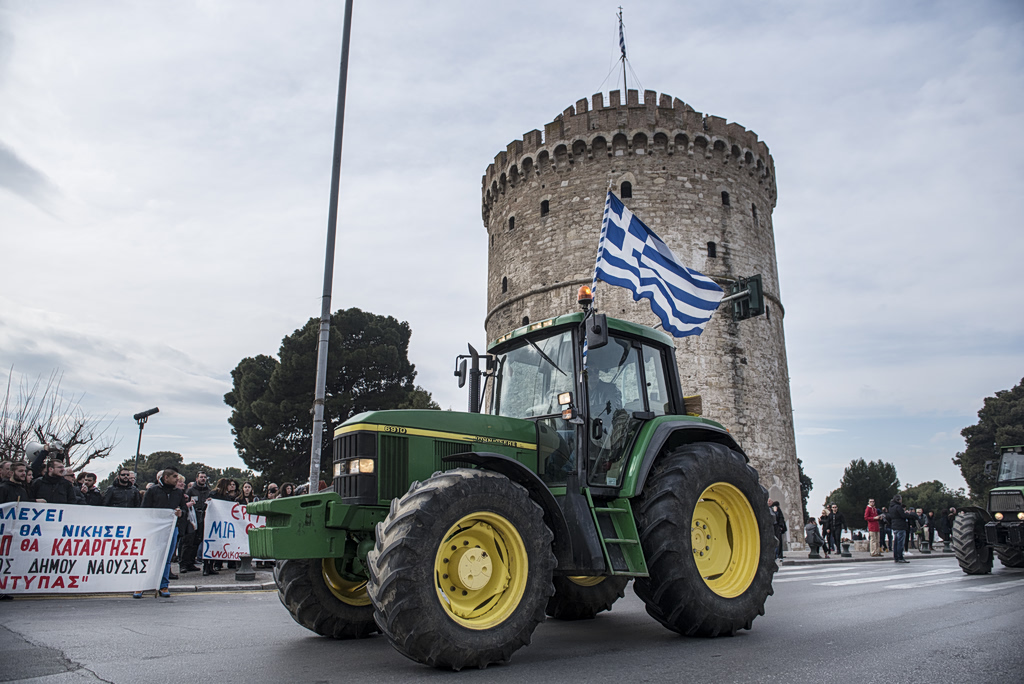LONDON—Ballet dancers have a more intimate relationship with their shoes than most people. So do ballet fans. When Marie Taglioni, among the first dancers to perform on the tips of her toes, or en pointe, had her final show in Russia in 1842, admirers reputedly banded together to buy a pair of her shoes for 200 rubles and had them fricasseed and served with a delicate white wine sauce.
The reality, however, is that ballet shoes can be a pain.
Traditional designs use satin, leather, paper and paste. While this might help a dancer “feel the floor,” they’re typically worn out after a single performance and can take a toll on one’s feet, with bruises and bunions part of ballet lore.
But adopt shoes that hurt less? That is a touchy point in the rarefied world of classical ballet.
“You’re not going to play Mozart on the guitar,” said Petr Orlov, general manager of Nikolay, the U.S.-based brand of Grishko, a well-known Russian pointe shoe maker. “There is a tradition to our craft. I’m all for moving forward, there is plenty of room for new-age pointe shoes in contemporary ballet. But I don’t want to see a beautiful White Swan wearing a skin-toned sock.”
Searching for new ways to keep ballet dancers on their toes, more high-tech pointe shoes have hit the market, promising longevity and comfort.
New York-based Gaynor Minden makes them with a shock-absorbent foam lining, and a polymer toe box and shank to support the arch of the foot. It says the shoes last about five times longer and are more comfortable than traditional ballet pumps.
A German startup called act’ble took a leap forward with a modular design involving a 3D-printed sole, enabling dancers to replace components as needed instead of buying entirely new shoes. (For their part, companies such as the Royal Ballet in London and the American Ballet Theatre have set up appeals to help cover the cost of replacing shoes, at around $90 a pair.)
A high barre
Yet dancers and directors remain divided over whether to use this newer breed of shoes, sometimes bitterly so.
“Certain directors want only one type of shoe,” said Kay Tien, a former ballet dancer. Her consultancy company, Pivot Pointe, worked with act’ble during its research stage. “The classical ballet world has a resistance to change that can be a huge obstacle.”
In a culture that prizes aesthetics over efficiency, some connoisseurs worry artisans who hand craft the shoes could be obliterated by these streamlined designs. Others fear that, without the suffering that can accompany traditional pointe shoes, the art form itself will be diminished.
Older, classical ballet companies still prefer the sleek look of traditional pumps. Freed of London, which has been hand-crafting ballet shoes since 1929, is the primary supplier to the Paris Opera and New York City Ballet. Freed employs 25 makers, each producing up to 40 pairs a day. Dancers can wait over 12 months for their custom-built shoes.
“We can’t machine-work these human beings,” said Kelsie Jones, marketing manager at Freed.
Xuan Cheng, principal dancer and ballet mistress with the Hong Kong Ballet, has worn Freed shoes for years and enjoys their soft pliability.
“My students say ‘This feels awful.’ I tell them they’ll get used to it,” she said, recalling how she would stick wads of wool and cotton in her shoes to ease the bleeding and bruising. Sometimes her toenails would peel off.
“Pointe work is hard, but that is why I love it—when you hit that balance, you feel so good. It’s addictive. You feel the pain, and then you miss it. You are so in control of your body, you have so much power.”
Many dancers have concluded there is room for both styles, which keeps the manufacturers relatively happy. Eliza Minden, the founder of Gaynor Minden, said they “all know each other and we’re pretty friendly.”
For the most part anyway.
A plot twist
Ballet-shoe choices have provoked global intrigue. Moscow-based Grishko has long supplied pointe shoes to the Bolshoi and Mariinsky and still does—though some dancers felt the ferocious leaps and turns of Russian technique favored a more durable shoe. For the reopening of the Bolshoi Theatre in 2011, principal dancer Svetlana Zakharova donned shoes from New York-based Gaynor Minden, rather than a Russian brand.
“It was like stealing Helen of Troy,” said Minden.
In February 2014, an article in the Moscow newspaper Moskovskaya Pravda asserted the plastics used in American pointe shoes were damaging the toes of Russian ballerinas. It raised the question of whether they were part of an effort by U.S. intelligence to bring about the “economic collapse of Russia and the destruction of the nation.”
Nikolay Grishko, the founder of the Russian brand who was interviewed in the article, pointed to a scientific paper circulated a few years earlier that said Gaynor Minden shoes contain hazardous chemicals.
“I didn’t know about the laboratory methods,” he said in an email, saying that suggestions that American intelligence agencies could be involved were the newspaper’s idea. “I just worried about how I could help dancers from different parts of the world.”
Minden wasn’t impressed.
When she and her Gaynor Minden team saw the article, “we laughed about it,” she recalled, adding that a copy of the study she saw said the plastics in the shoes had been heated to 250 degrees Celsius—a temperature shoes would never reach during pointe work.
“I never felt that I’d really achieved success until I’d been accused of being a CIA plot,” she said.


